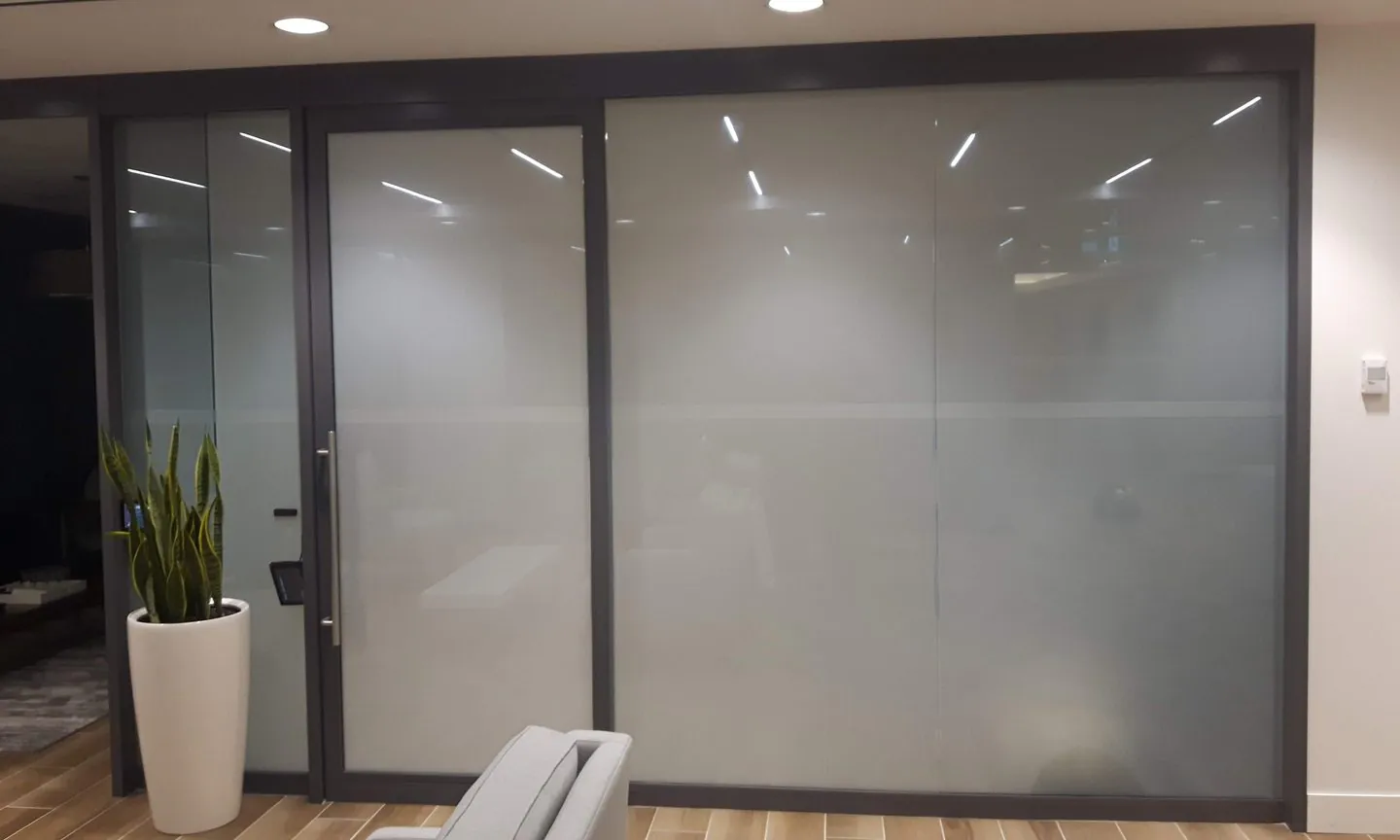Material Science
Electrochromic Coatings May Prove Crucial in Attaining Efficient HVAC
Securities.io is not an investment adviser, and this does not constitute investment advice, financial advice, or trading advice. Securities.io does not recommend that any security should be bought, sold, or held by you. Conduct your own due diligence and consult a financial adviser before making any investment decisions.

Solving HVAC Energy Use
HVAC, or Heating, Ventilation, and Air Conditioning is responsible for major global energy use, cooling buildings in summer and warming them in winter. According to the EIA, HVAC represents approximately 40% of total energy consumption in commercial buildings and 35% in residential buildings.
A lot of effort has been made to improve the way we cool and heat buildings. One key method is notably the adoption of heat pumps, which transfer heat in or out of buildings a lot more efficiently than conventional systems. They are 2-4x more efficient than furnace heaters and can work for cooling as well.
You can read more about the topic of heat pumps in “Why Are Heat Pumps Touted as a Top Option for Home Climate Control?”.
Heat pumps might also become better over time. For now, they are mostly based on a system using compression to move the heat. Soon, electrocaloric materials might improve heat pumps’ efficiency even further.
However, another way to reduce the cooling & heating energy bill would be to improve the thermal losses in the first place. A poorly insulated house or office will see its HVAC system warming and cooling the outside pointlessly.
Better insulation is a first step and is usually part of the initial construction design or requires expensive retrofitting/rebuilding. However, even insulation can only do so much; new materials could help.
For example, adaptative roof tiles could switch between a heating state and a cooling state, depending on the temperature of the tile.
Adaptable Insulation
One limitation of using insulation or automated reactive materials like adaptive roof tiles is that they might sometimes be counterproductive. Ideally, we would prefer to have materials that can be turned on or off at will, modulating the amount of energy entering or exiting the building.
This is especially true for the glass used in windows. In winter, we want as much light and energy entering the building as possible. But in summer, we want to limit the energy warming the building and forcing the air conditioning to work twice as hard.
From this idea came the concept of electrochromic films, a thin layer of material able to turn on the shading of the windows at will. When submitted to a very small electric current, these films can turn from transparent to colored and adsorb heat from infrared radiations.
The technology relies on Metal-Organic Frameworks (MOFs), materials with very high porosity (above 90%).
The problem is that until now, typical MOF films have suffered from slow response times and poor stability. This made them promising in theory but not very useful in practice.
This might have changed thanks to a new MOF design invented by researchers at the Harbin Institute of Technology, Quzhou University, Chengdu University of Electronic Science and Technology, and Yangzhou University in China.
Powered Shades
The electrochromic film developed by the researchers works by integrating a new type of MOF. Or, more precisely, “modifying F-doped SnO2 with 4-mercaptobenzoic acid and fabricating Ni-IRMOF-74@MBA films using 3,3′-dihydroxy-4,4′-biphenyldicarboxylic acid”.
Because of the crystalline substances' ability to form thin films with pore sizes that can be customized by changing the length of the organic ligand that binds to the metal ion. These features enable improved current flow, more precise control over colors, and durability.
The result is a film that can change color to green when exposed to 0.8V and dark red/brown with 1.6V.

Source: ACS
The film is remarkable from other previous MOFs due to its stability (95.7% retention after 4500 cycles) and a rapid response below 2 seconds.
It is not clear yet how widespread such system adoption might be. But overall, because of the need to decarbonize and reduce energy consumption, it is one more arrow in the quiver of turning cities greener.
Thin Film Companies
1. China Singyes New Materials Holdings Limited (8073.HK)
The Chinese company entered the field of optical thin film materials in 2010. It produces multimedia commercial display systems and creates intelligent dimming projection systems, multimedia transparent photoelectric glass, etc.
This includes glass walls that can be turned opaque as well as heat-resistant smart film. So, it could be a good candidate for deploying electrochromic glass as well.

Source: China Singyes
The company published its financial reports in English, not always something guaranteed for smaller or niche Chinese industrial companies.
The company has been expanding in 2023 into the production of motor vehicle films, a booming sector following the growth of the Chinese automotive industry and Chinese car exports (mostly of EVs).
Overall, the company is innovative and will likely benefit from the overall Chinese economic performance and the growing demand for more advanced materials to display advertisements and offer privacy in interior spaces like hotels and offices.
2. Kewei Films
A privately listed company, Kewei is the “biggest ITO PET, smart film, window film manufacturer”, with 60 million meters of annual production capacity.
This makes it China's biggest window tint, paint protection film, car wrap vinyl film, and smart film producer.
Its window films are already used to reduce cooling costs. It also produced smart glass, with opacity that can be turned on at will.

Source: Kewei
Considering the scale of Kewei, investors in the smart film sector should keep an eye on the company even if it's not publicly traded. This is especially true if new forms of electrochromic coatings are created that can grow the market and give an advantage to large established players in leveraging their size to cut production costs.











